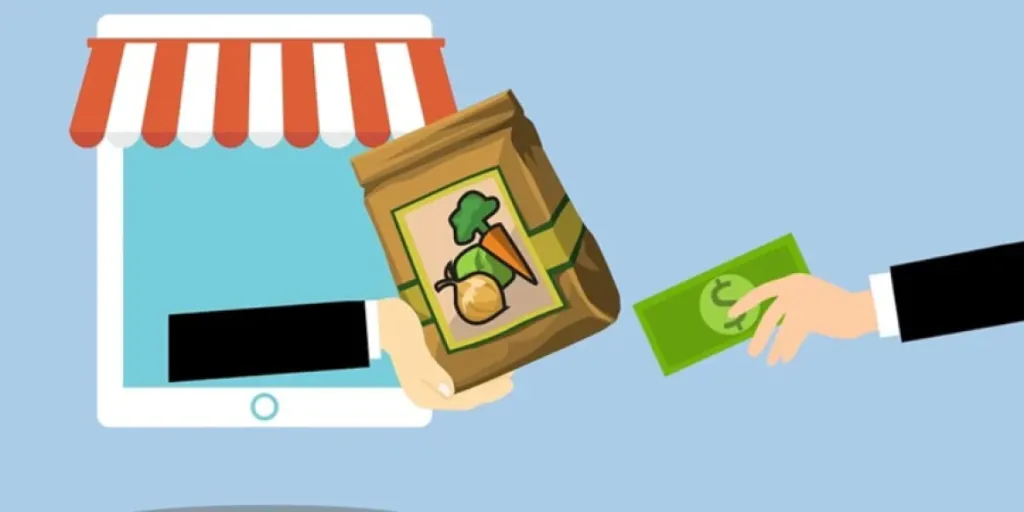Like every industry, the packaging trends in food markets are prone to change. Evolving consumer perceptions and technology are the main reasons behind the new trends. Since packaging is the first interaction between the product and prospects, it should be engaging, enticing, and stand out from the competition.
This article will showcase six trending food packages to watch out for in 2023. But first, here’s a brief overview of the food packaging market size.
Table of Contents
A brief overview of the food packaging market size
6 Remarkable food packaging trends consumers should follow in 2023
How to choose the right food packaging?
In conclusion
A brief overview of the food packaging market size
According to Fortune Business Insights, the global food packaging market is forecasted to grow from $338.34 billion in 2021 to $478.18 billion in 2028, with a CAGR of 5.1%.
The shift in lifestyles and eating habits drives increasing consumer demands for food packaging. In addition, the rise in per capita disposable income and growing population also increases the demand for packaged food.
Moreover, the rise of health awareness among the public has led to more consumers opting for packaged food items with a longer shelf life. In addition, technological advancements have helped to improve the shelf life and safety of the packaging.
6 Remarkable food packaging trends consumers should follow in 2023
Ziplock stand-up pouch bag
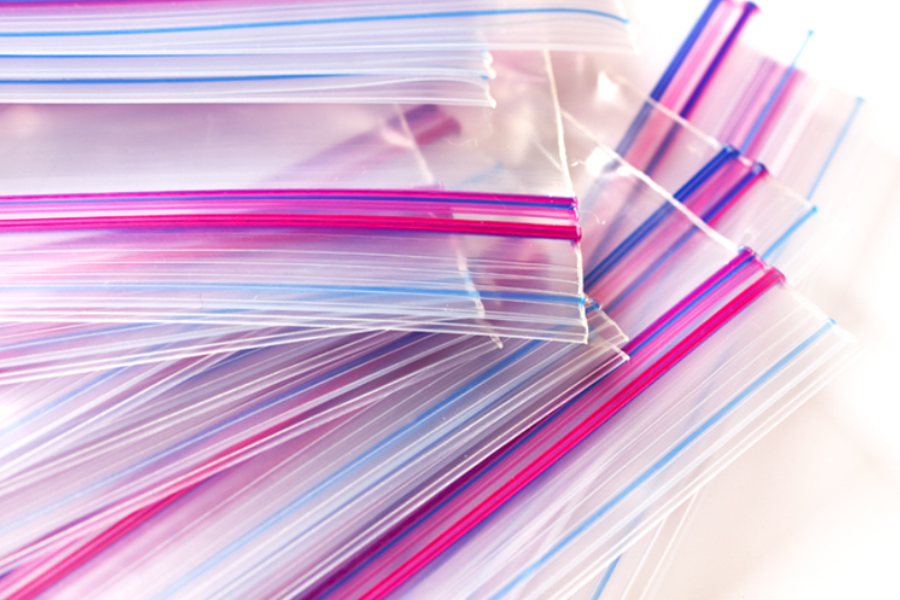
Growing hygiene concerns among consumers are compelling food brands to consider transparent packaging options. Nowadays, many consumers want to peek into the food content, while observing the nutritional facts mentioned on the pack.
Ziplock food packaging allows the brands to lead with honesty. Unlike opaque packaging, they can eliminate the guesswork by showing what consumers receives with transparent information that communicates a product’s value.
It is a flexible packaging for food as it is available in a wide range of sizes, which means it is suitable for multiple food products. Resealable ziplock pouches have a firm grip seal and handling options.
Also, food companies can add concise labels to build trust with their target market. Modern-day consumers are growing tired of information overload. They only want to see the most relevant facts, like ingredients and nutritional profiles.
Food wrap cling film
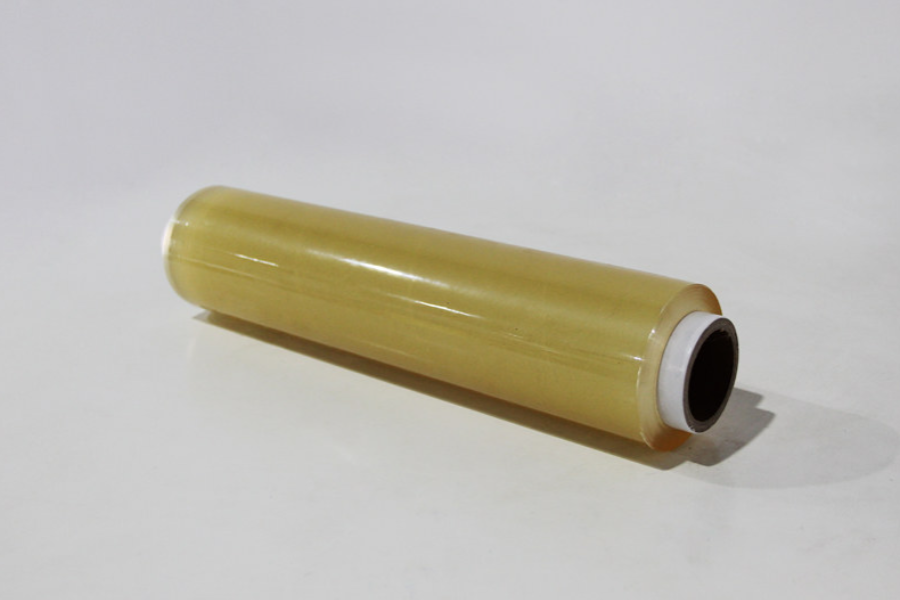
Many chefs and caterers use cling film more for food packaging in their kitchens because it’s quick, versatile, and relatively easy to use.
This packaging is suitable for all food wrapping except pure fats and oily items. Further, consumers can use them in fridges, freezers, and microwaves. Thus, packaging retailers must look for cling wraps designed with food safety measures.
Modern-day customers take care of their corporate, social, and environmental responsibilities. Hence, cling wraps should comply with local and national regulations. In addition, cling films offer a better solution for preserving food and improving shelf life when chosen carefully.
Sealed glass mason jars
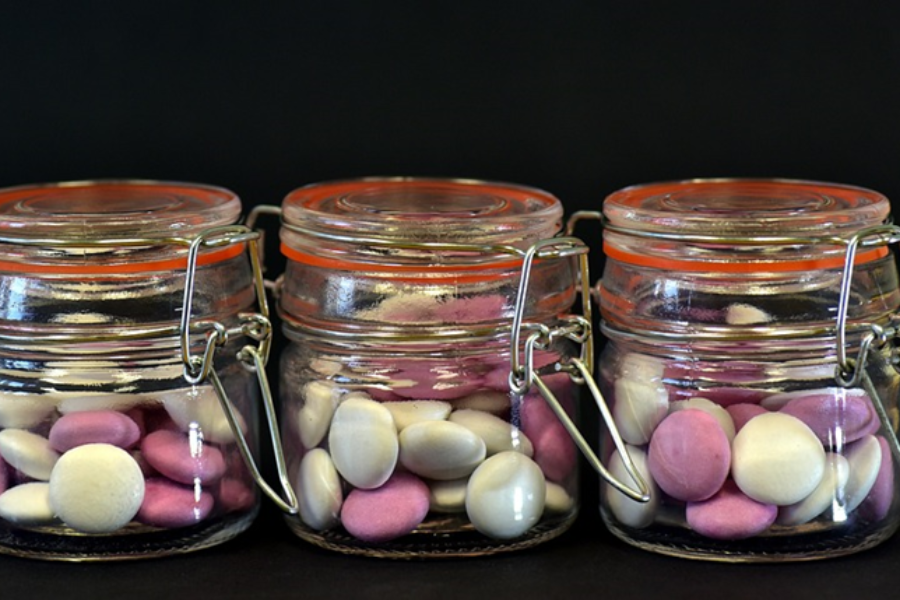
Glass packaging gives plastic packaging a run for its money as a packaging choice. Bulk and zero-waste food companies now use glass jars to pack their products. Using eco-friendly packaging for food improves their market reputation and increases their popularity.
The best part is that the glass could be shaped to the client’s specifications. They can also add labels while displaying the contents of the jar. These traits enhance pleasure and make purchase decisions easier for potential customers.
Sealed glass mason jars are preferred for food packaging. Why? Because they prevent harmful chemicals from contaminating meals and liquids. Glass has a nominal chemical contamination rate that preserves purity and flavor.
Retailers and wholesalers in the food packaging domain must pile up a wide range of glass containers to meet clients’ requirements. Scratch-resistant glass bottles that are customizable and temperature-resistant will help them to abide by client demands and increase their sales.
Disposable sugarcane food boxes

Increasing awareness of climate change has catalyzed the green movement worldwide. Due to this, food companies are now prioritizing the green agenda, despite its various global struggles. Hence, they are more inclined to purchase packaging for food from wholesalers with an eco-friendly range.
Packaging wholesalers must consider how they can offer their clients a plastic-free range and biodegradable options. Simultaneously, they must ensure that the packaging is functional and that the customer experience remains intact.
Disposable sugarcane packaging is an eco-friendly alternative to traditional packaging options. Renewable and ethically sourced, this material is lightweight, versatile, and relatively cost-effective. Essentially, polymer nanocomposites are desirable for their use in food-packaging materials to preserve shelf life.
Packaging food in sugarcane containers will close the loop on waste because it is made from plants. This means that it can be returned to the earth as food for the soil and used for growing more plants.
Customized clamshell packaging

Clamshell packaging offers a host of benefits for consumers and food companies. It’s made of thermoformed plastic, and the edges could be sealed if airtight protection is required.
Generally, clamshell food packages are considered versatile because they can be reused if unsealed. This reduces their environmental footprint. In addition, food suppliers are exploring packaging options that provide a fuss-free way to get a complete product enclosure. Such secure packaging for food ensures that a product is protected from improper handling and poor storage conditions.
Clamshell food packages can be tailored to the shape and size of a client’s products. For instance, a wholesaler can take orders of customized sandwich boxes made with clamshells. They also offer high-clarity visibility, giving customers the peace of mind they yearn for. In addition,, they are an instant pick of clients who deal with food packaged on-site for retail sale in operation.
Therefore, it’s essential to stock clamshell packages suited for brave transportation and handling that arrive on the shelf in a pristine condition and ready to be sold.
Aluminum foil food container/box

Aluminum packaging has gained the attention of food companies for its vast spectrum of benefits. The market development and application of several enterprises reveal that aluminum foil food containers can provide an excellent barrier to protect food. There’s a negligible chance of light and air entering the containers, which helps to preserve the food quality.
The best part is they can be shaped according to the customers’ preferences. It is also proven that the expanded use of aluminum foil food boxes is active in preserving a green environment and allows food companies to prioritize sustainability.
Aluminum is a lightweight material, so its production costs are significantly lower than other packaging materials.
How to choose the right food packaging?
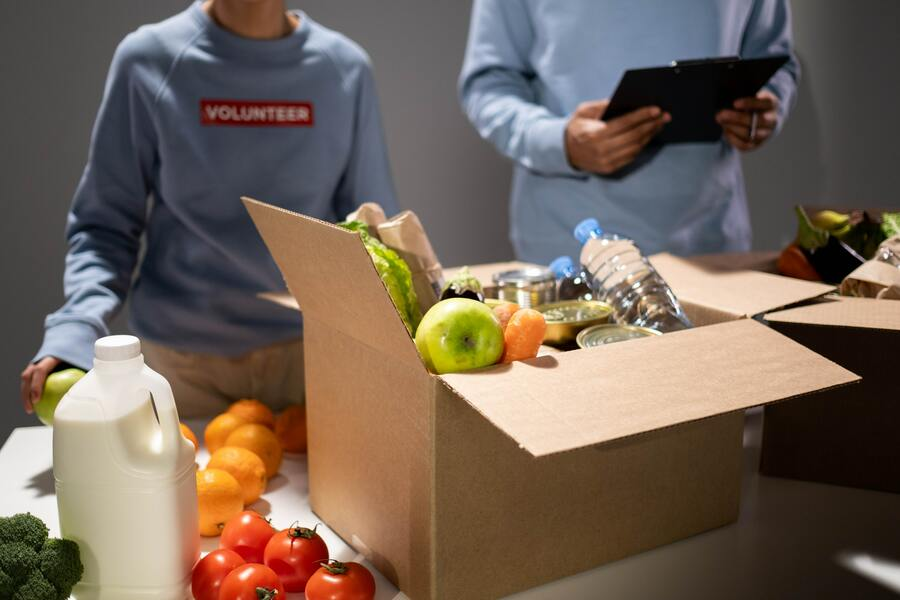
Color and size are typical things that make a package stand out on shelves. Nonetheless, there are other factors to consider when choosing a package.
Food packaging retailers must address the unique requirements of the food industry, including:
Temperature
If the packaging is exposed to extreme temperatures, it should be composed of high-strength materials.
Label requirements
Food products must have labels to distinguish them from the rest. Hence, the design must allow room for placing the labels.
Volume
Packaging for food should be chosen by keeping its volume in mind. Fluids, like juices, may require a deeper design, while solids, like fruits or sandwiches, could be stored in shallow packages.
Strong barrier
The food packaging design should have a strong seal or other closure options. This helps to keep food products safe.
It’s vital to provide multiple packaging options so the clients can pick and choose according to the food quality. Finding several options on a single platform will keep them from checking the competitor’s products.
In conclusion
Businesses in the food packaging industry should keep a tab on the ongoing trends while identifying what the final consumers need and how they can modify their stocks accordingly.
Relying on old perceptions and packaging ideas will not bring any benefits. Rather, keeping an eye on changing patterns will result in more sales.
